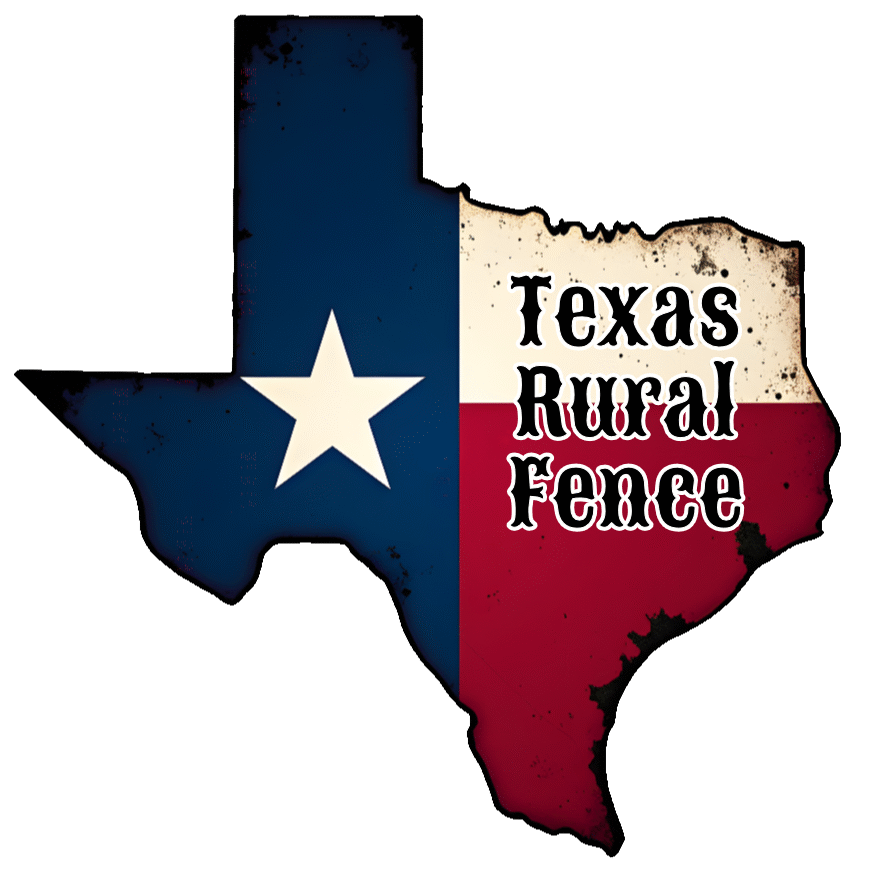DIY: Building a proper H-Brace
How to Build an H-Brace for a Farm or Ranch Field Fence
An H-brace is a critical component of any well-built farm or ranch field fence. It provides the stability needed to support tensioned wire, ensuring that the fence remains taut and durable over time. H-braces are used at corners, ends, and gates, as well as at intervals along long stretches of fencing. Below is a step-by-step guide on how to properly construct an H-brace, along with insights into using the Gripple GPAK tensioning system as an alternative to traditional tension wire.
1. Components of an H-Brace
An H-brace consists of:
- Posts: Two vertical posts, typically wood, set firmly into the ground.
- Cross-Brace: A horizontal post connecting the two vertical posts.
- Tension Wire or Gripple System: Used to create tension between the posts for added stability.
2. Tools and Materials Needed
- Wood posts (4–6 inches in diameter, 8 feet long)
- Cross-brace post (3–4 inches in diameter, length depends on spacing between vertical posts)
- Post hole digger or auger
- Concrete or tamping materials for securing posts
- Tension wire or a Gripple GPAK system
- Fence staples or screws
- Wire stretcher or Gripple tensioning tool
3. Steps to Build a Traditional H-Brace
a. Set the Vertical Posts
- Dig the Holes:
- Holes should be 2–3 feet deep, depending on soil type and post length.
- Posts should be spaced 8–10 feet apart for most applications.
- Set the Posts:
- Place the posts in the holes and fill with concrete or compacted soil and gravel.
- Use a level to ensure the posts are vertical. Allow concrete to cure if used.
b. Install the Cross-Brace
- Measure the height where the cross-brace will be attached (typically 8–12 inches from the top of the vertical posts).
- Secure the cross-brace to the vertical posts using either:
- Fence staples or screws for wooden connections.
- Metal brackets if added reinforcement is desired.
c. Add the Tension Wire or Gripple System
- Tension Wire Method:
- Attach a length of wire diagonally between the vertical posts, starting from the bottom of one post to the top of the other.
- Twist the wire with a stick or tensioning tool to tighten.
- Staple the wire to the posts to secure it in place.
- Gripple GPAK Method:
- The Gripple GPAK system is a modern alternative to traditional tension wire. It includes pre-assembled wire and a tensioning device.
- Attach the pre-looped wire to one post and run the Gripple tensioner to the other post.
- Use a Gripple tensioning tool to tighten the wire to the desired tension.
- The Gripple system allows for easy adjustments, increased efficiency, and less material wastage.
d. Test the Stability
- Once the tensioning is complete, test the H-brace for rigidity.
- The structure should not move or flex when pressure is applied.
4. Advantages of Using the Gripple GPAK System
The Gripple GPAK system provides several advantages over traditional tension wire:
- Ease of Use:
- No need to manually twist wire or splice sections.
- The pre-looped design simplifies installation.
- Time-Saving:
- A Gripple system can be installed significantly faster than traditional wire.
- Consistent Tension:
- The tensioning tool ensures uniform tension across the brace, reducing the likelihood of sagging or loosening over time.
- Durability:
- Gripple components are corrosion-resistant, offering long-term performance.
- Adjustability:
- If tension needs to be readjusted later, the Gripple system allows for easy modifications.
5. Applications of H-Braces
H-braces are essential for:
- Field Fences: Providing stability for wire fencing systems, including barbed wire, woven wire, and electric fencing.
- Gate Support: Ensuring that gates remain properly aligned and functional.
- Corner and End Points: Preventing wire from pulling posts inward over time.
Conclusion
A properly built H-brace is the backbone of a strong and reliable field fence. Whether you choose traditional tension wire or the modern Gripple GPAK system, the key is to ensure the brace is sturdy, well-tensioned, and capable of withstanding the demands of your farm or ranch. While traditional methods are cost-effective and time-tested, the Gripple system offers a streamlined, efficient alternative, making it an excellent choice for those seeking durability and convenience.
For best results, consider hiring a professional fencing contractor to ensure your H-braces and fence system are built to last. A well-constructed fence is a long-term investment in the security and functionality of your property.
